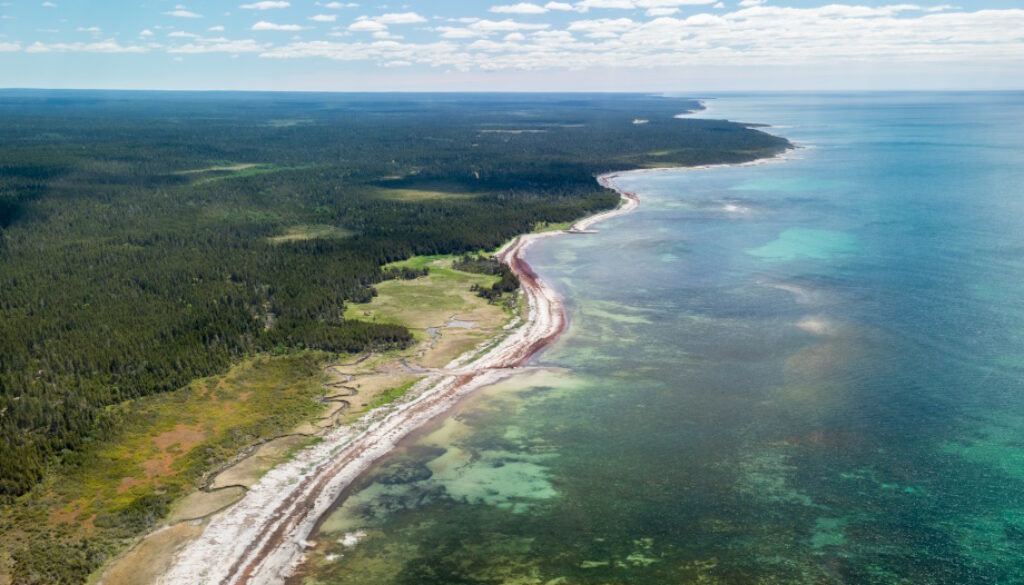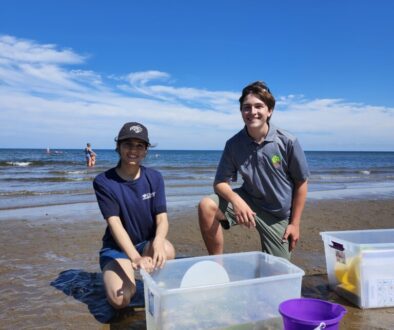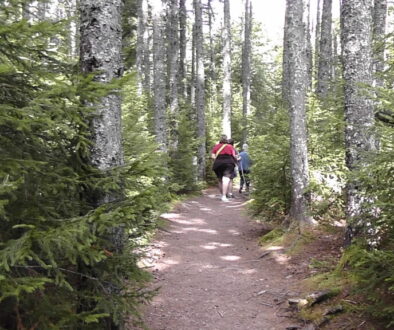Climate Superheroes across the land, in the ocean and in every natural place in between.
By Kristen Hopkins

You may or may not already know, but some incredible natural spaces are silently working to help us fight the climate crisis simply by performing their natural function. Like nature’s secret weapon against the changing climate, these places, such as forests and the soil beneath, wetlands, the ocean and the magical places where ocean meets land, are all climate superheroes. From buffering against storms and protecting from floods to creating habitats and exceling at carbon storage, these spaces make up nature’s toolkit for safeguarding the planet! And the best part? It’s all done naturally and for free – by simply allowing natural spaces be.
Each of these climate superheroes is unique and works collaboratively to mitigate the effects of the climate change. These also happen to be beautiful places that offer people opportunities for relaxation, and recreational, emotional, and spiritual experiences which can catalyze human connections to nature. These places also provide wildlife with a habitat to live in.
The Ocean
The ocean takes first prize for the largest carbon sink in the world. It’s a silent superstar in the fight against climate change in two ways. First, the ocean dissolves and absorbs carbon by simply reacting with water. Second, aquatic plants and vegetation act as carbon sponges, absorbing carbon through photosynthesis. These processes come together to create a climate-regulating masterpiece that can help mitigate the impacts of climate change.
However, carbon loves the company of heat. When the ocean absorbs carbon, it latches on to the carbon molecules and does not like to let go. Hence, the more carbon the ocean absorbs, the warmer it will become. The ocean can help protect us from the changing climate, but only if we speak up for marine protection in return.
Seagrass Meadows
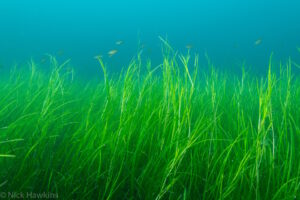
Seagrass meadows are an important coastal ecosystem for humans and the rest of nature! Often mistaken for seaweed, seagrasses grow from root systems that reach beneath the ocean floor. Seagrasses have stems, roots and leaves and even produce flowers and seeds – just like trees do! This climate superhero is hidden just below the surface of the water and is among the most productive habitats in the world.
Seagrass meadows provide habitat for fish, crabs, sea birds and other sea life, which is important for biodiversity, the food chain and commercial fisheries. These meadows store large amounts of carbon in their root systems and surrounding sediment. They also help buffer storms and slow erosion of the coastline. These are some of the reasons that it’s important to protect this ecosystem, as many seagrass meadows are disappearing due to pollution and increasing development.
Kelp Forests
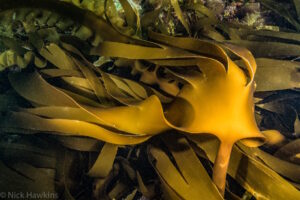
New Brunswick is blessed with an abundance of forested areas, but did you know that forests grow in the ocean as well? In clear and cool, nutrient-rich water along shore, kelp forests grow. Unlike the trees on land, kelp is not a plant or a tree for that matter… it’s algae! This means that kelp lacks the same physical properties as plants, such as a root system, which is what allows trees to carry nutrients from one part of the plant to the other. Since kelp doesn’t have an established root system, it gets all its nutrients directly from the water. Kelp forests only form in areas where high amounts of sunlight can shine through the water. Through photosynthesis, kelp harvests energy from the sun and relies on sunlight to generate food and energy to survive. In optimal conditions, these plants can grow up to 2 feet in a single day!
As these plants grow to form forests underwater, they provide a special marine habitat, home to sea otters, thousands of invertebrates, and sea urchins. They are important breeding grounds for fish and a place to hunt for seals, sharks and other marine mammals.
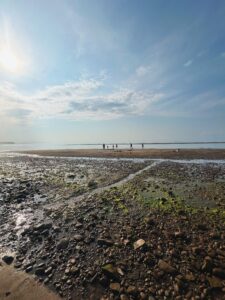
The next time you find yourself wandering in the forest, soaking up the beauty of a wetland, or pondering on the beach while admiring the ocean, remember that nature is actively working, always behind the scenes, to protect the planet, a shared habitat in the face of change. Beneath the ocean’s waves and in the veins of the leaves growing on trees, nature is emitting forces of energy to fight the battle against the changing climate. Sometimes the most effective solutions are the ones that have been there all along, just waiting for their turn in the spotlight.
Cover Image by Nick Hawkins

